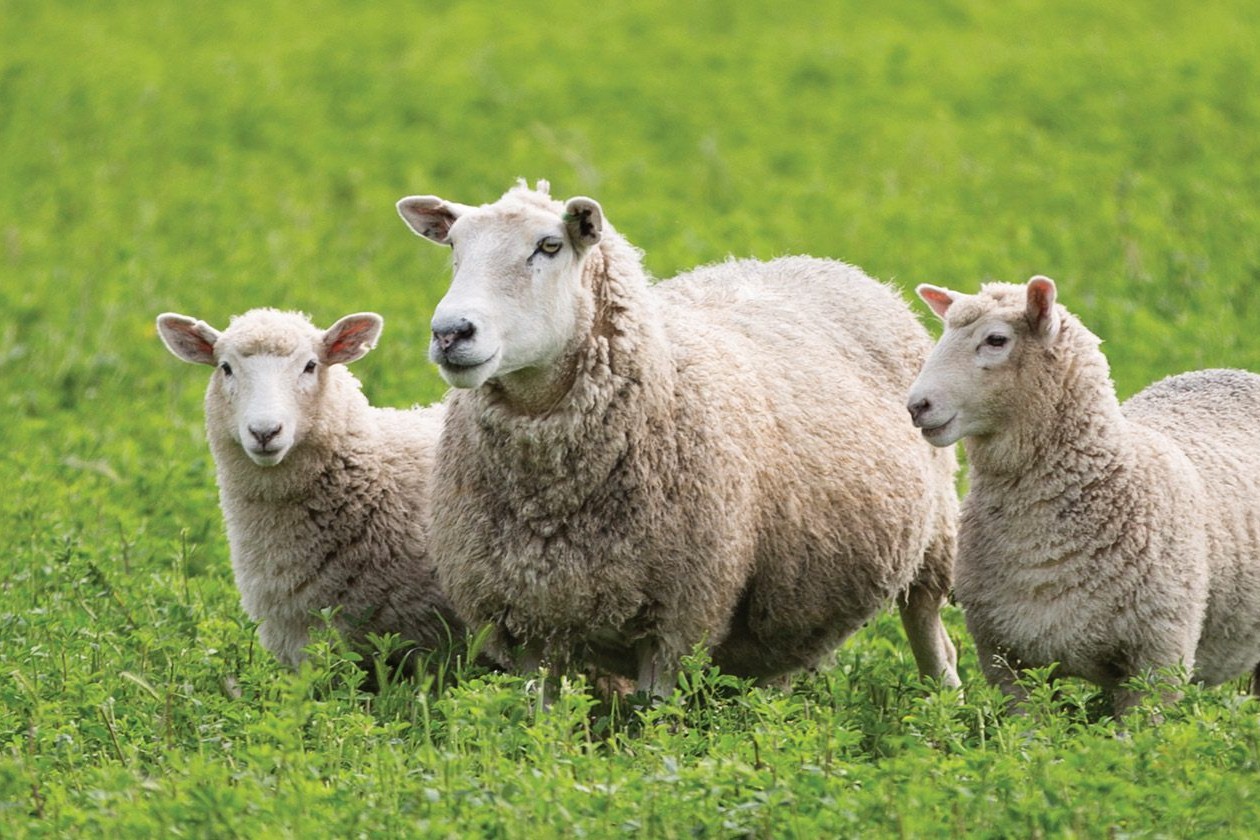Mum’s the word
Driving up lamb growth rates on mum has the potential to overcome the worm challenge, Ginny Dodunski writes.

DRENCH RESISTANCE
Mum’s the word
The age-old question: is it better to have fewer, heavier lambs or more light lambs? has a new layer to consider as more and more farms are faced with drench-resistant parasites that destroy lamb growth and make autumn lamb finishing a tough gig.
Holding lambs on pasture through summer to take advantage of rising prices and better liveweight gain in autumn is becoming a no-no on properties with combination drench resistance. The month-on-month screening of resistant worms by partially effective drenches creates an autumn worm factory that will continue to challenge replacements through winter and set up high pasture larval levels for ewes to contend with at lambing.
Quitting all non-replacement lambs at weaning is an-often touted solution and makes a lot of sense biologically. But economically it can be tough. Coming into a season of predicted low product prices, the thought of selling lots of lambs store at weaning is unpalatable and potentially unprofitable, but the cost of keeping them if we get another wormy season could be worse.
But imagine for a moment how different this decision would look if we could really drive up lamb growth rates on mum. When there are no or very few trade lambs left coming into autumn because they are grown and gone, the worm factory has a lot less fuel.
More feed is also around to ensure ewes tup in optimal body condition, and replacements can be grown out properly. A heavy hogget is a good hogget, whether you mate her or not, plus she is more flexible to manage later on. And well-grown hoggets develop immunity to worms earlier, further reducing overall farm contamination.
The productive outcomes from having ewes in very good body condition at mating, and feeding them so they hold or only lose a small amount of this by lambing, are huge. Very good NZ data shows the benefits of this – better ewe survival, better lamb survival and improved lamb weaning weights are all reliable outcomes of better ewe management.
Change takes time
Farm after farm that has focused on body condition and feeding as a means of reducing reliance on drench inputs into ewes, can attest to this. But it doesn’t always happen in one season. This can be the frustrating part, you have to stay the course, especially if starting from a very light base.
The genetics in most of our ewe flocks give us more than enough lambs per ewe – record triplet percentages in many flocks in 2023 are a testament to this after a very growthy summer in many districts.
It’s the loss of body condition over winter and inadequate covers under ewes at lambing that allow the potential to slip away – both in lamb survival and lamb weaning weights. Plus under these feed conditions ewes are far more likely to ‘need’ a product on board to protect them from worms.
In the Poukawa Elite Lamb project, run in Hawke’s Bay in the early 2000s, high genetic merit ewes were managed for optimal lactation performance on pasture covers that were more like what you’d see on a cow dairy farm – but the average weaning weight of those lambs (at only 84 days) was 39kg. At 174% lambing. Even the triplet lambs were 35kg.
Ewes were never short of feed to drive lactation, and as ewe milk production began to drop off, lambs had plenty of easily harvestable high-quality feed to supplement their milk intake. A twin lamb is eating one third of its diet as grass shortly after docking, and that proportion goes up every day.
Doing whatever we can to make it as easy as possible for those lambs to harvest high quality, legume dominant feed is the difference between 300g/day after docking, and the more common average of 180g/d. And the difference between a 28kg average weaning weight and 32kg-plus at the same age.
Ideal practice not easy
While it may not be feasible or desirable to manage mixed-species hill country pastures within such a high cover range, this example highlights the gap between ideal and current practice that exists on many farms.
Getting out of a hill country winter rotation on to good covers for lambing is not easy. It requires planning to hit good pre-winter feed targets and then manage that rotation through to lambing.
Covers of 1200kg drymatter (DM)/ha and 1300kg DM/ha are common across lambing blocks at set-stocking time and typically drop lower than this once set-stocked. Every 100kg DM/ha increase in cover in this period helps.
In NZ research on production responses to long-acting pre-lamb anthelmintics, the factor that comes closest to explaining these responses is pasture cover at lambing. The more pasture, the less response. Feed is an anthelmintic!
This season, the ability to influence a lot of the points discussed above is limited. By now most ewes will have lambed, be lambing, or about to be set stocked. For these later-lambing flocks there may still be time for consideration of whatever long-acting drench products are available to prop up light ewes lambing on short pasture – but the long-term goal has got to be to put an end to this situation.
When we see what ewes and their progeny can do when they’re fed for performance in the weeks coming into lambing and over those key weeks of early lactation, it makes so much sense to commit to a circuit-breaker somewhere and start to really prioritise feeding over that period. For farms with serious drench resistance, this circuit breaker may be forced on them, but the opportunity to get a lot more heavier lambs out of fewer ewes, is exciting.
- Ginny Dodunski is Wormwise programme manager




